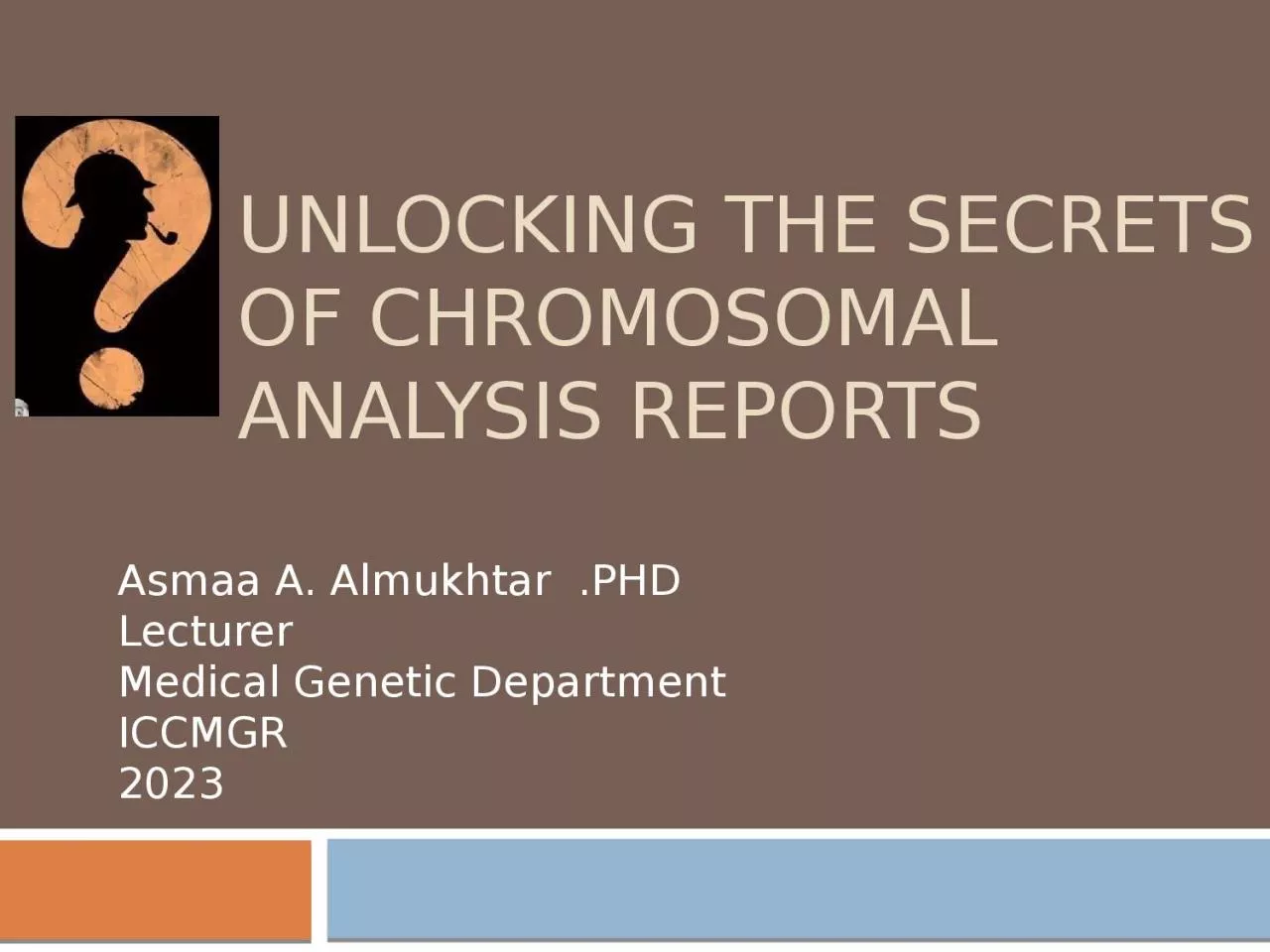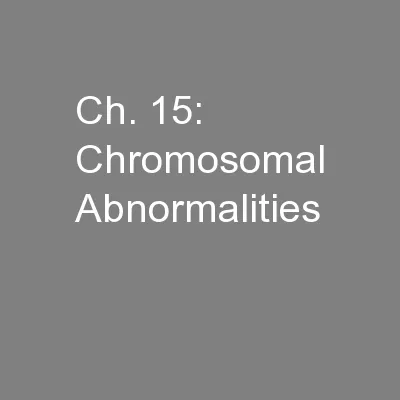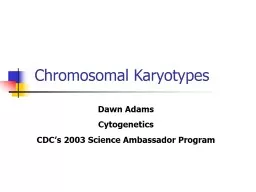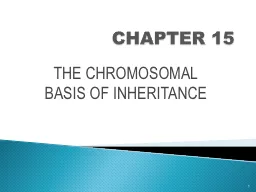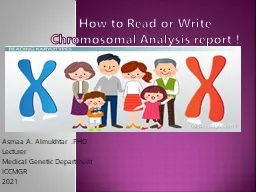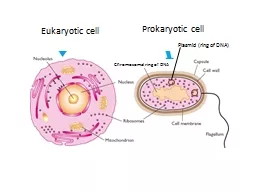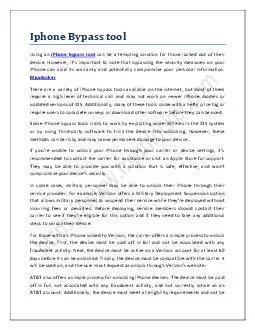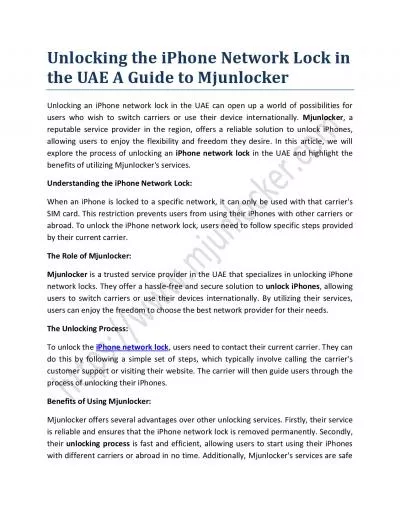PPT-Unlocking the Secrets of Chromosomal Analysis Reports
Author : singh | Published Date : 2024-01-29
Asmaa A Almukhtar PHD Lecturer Medical Genetic Department ICCMGR 2023 Introduction to Chromosomal Analysis Reading ampWriting a Chromosomal Analysis Report How
Presentation Embed Code
Download Presentation
Download Presentation The PPT/PDF document "Unlocking the Secrets of Chromosomal Ana..." is the property of its rightful owner. Permission is granted to download and print the materials on this website for personal, non-commercial use only, and to display it on your personal computer provided you do not modify the materials and that you retain all copyright notices contained in the materials. By downloading content from our website, you accept the terms of this agreement.
Unlocking the Secrets of Chromosomal Analysis Reports: Transcript
Download Rules Of Document
"Unlocking the Secrets of Chromosomal Analysis Reports"The content belongs to its owner. You may download and print it for personal use, without modification, and keep all copyright notices. By downloading, you agree to these terms.
Related Documents

